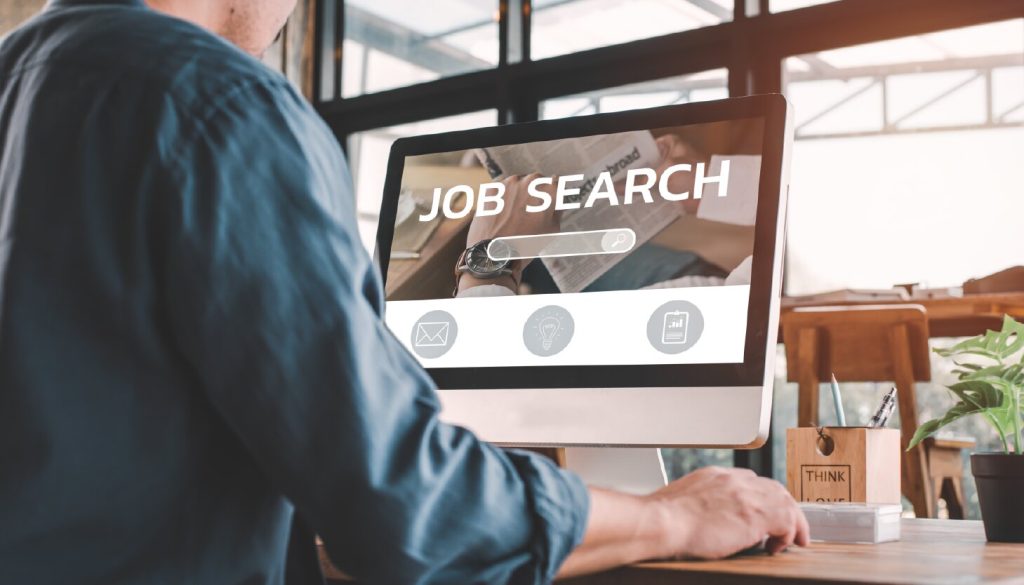It is no longer a passing problem that will just eventually vanish into the noise of social media — businesses of all sizes are consistently short-staffed.
Maybe you merely heard about this occurrence on your favorite podcast, read about it on social media, or perhaps you experienced it firsthand through extensive wait times at your favorite restaurant or in line at the grocery store.
Wherever it has been made prevalent in your life, it is a constant issue following the initial shock of the coronavirus pandemic. But a question remains: Is the pandemic really to blame for this downturn in consistent employment at businesses and organizations of varying sizes? Could there be other factors at play as to why this global shortage of workers is taking place?
Coined the “Great Resignation,” this has largely become what I refer to in my Anticipatory Leader System as a Soft Trend — a future possibility that is open to influence. To understand how you can leverage Soft Trends to your advantage as an Anticipatory Leader or an Anticipatory Organization, let’s explore it further.
Soft trends, soft assumptions, and the great resignation
The actual reference to this occurrence became more known during 2021, following the initial year of the pandemic.
Having dug into much of the short-staffed businesses all across the country and around the world, news outlets aimed the focus of the Great Resignation on the pandemic itself, assuming that most chose not to work due to health and safety concerns or perhaps because companies somehow let them go for not being an essential worker.
There may be some truth to this; however, it may come as a shock to you that this was actually occurring in 2019 and prior and has been an ongoing Soft Trend. In my Hard Trend Methodology, the characteristics of Soft Trends are largely rooted in both Hard Assumptions and Soft Assumptions.
A Hard Assumption, in a way, is similar to a Hard Trend — they are based on recorded data and factual information indicating that these trends are actually occurring. Soft Assumptions are purely assumptions with no factual data to support their existence — the ones that are most open to influence.
The focus of the Great Resignation being on the pandemic alone is a Soft Trend based on a Soft Assumption. We have only fragments of data, if any at all, that validates that claim, making it an assumption in and of itself and a trend that can be leveraged and fully transformed by the right Anticipatory Organization.
Where did companies go wrong?
Knowing that the Great Resignation is a Soft Trend future possibility that can be changed — and really should be changed — what caused it to start even prior to the pandemic?
The Hard Assumption of the Great Resignation is that statistically, companies began to stagnate prior to the pandemic, resting on their laurels, fostering a wait-and-see mentality, and preserving legacy systems that always set them behind the curve. In addition to that, employee training, benefits, and overall retention was often placed on the back burner, leaving individuals with unique skill sets with very little incentive to stick around.
Accelerated digital disruptions have been taking hold in many industries as well. Educated employees paying attention to these transformative changes in the industry started worrying about the longevity of their careers at companies that do not foster a united Futureview® or that spend more money being agile than proactive.
Essentially, these employees were worried about being replaced by technology that they instead could be trained to work alongside, so many sought different opportunities or went the independent route with their skills by way of freelancing or contract work.
Leveraging this soft trend
But to mention once more to all who are reading this, the shift in the workforce is a Soft Trend. You can influence it and even leverage it to your and your organization’s advantage. Since it has been identified as a Soft Trend, including the Hard and Soft Assumptions surrounding it, the hard part has been done for you.
Now comes deciding what exactly about this Soft Trend you can use to your advantage.
There are likely dozens of ways to incentivize all different generations of workers looking for a permanent post in their specific fields, but some of the biggest incentives based on Hard Assumptions are employee training, implementation of technology, and flexibility — namely, options to work remotely.
In those three categories and beyond, consider another principle from my Anticipatory Leader System: exponential thinking.
In regard to employee training, are you investing in a dynamic, two-way curriculum to help employees grow in their careers, both at your organization and in general? Or is the training simply a one-way, static lesson that employees will feel was a waste of their time and your money?
What about implementing transformational and perhaps disruptive technology? Are you demonstrating to your workforce or team members that your organization has a united Futureview on technological changes in the industry so as to avoid disruption by said technology? Or does your workforce seem constantly worried that their jobs and careers could soon be eliminated by a technology you don’t see coming?
Finally, flexibility is huge. Do your employees have a flexible work life that helps them balance their family time and their jobs so they never feel burnt out and, thus, unproductive in their roles? Humans cannot go 24/7, and a large portion of the Great Resignation is rooted in a better work-life balance search. Find an exponential way to offer that, such as remote working options.
To better learn how not only to unite your workforce Futureview but to sharpen your Anticipatory skills as a business leader, consider my Anticipatory Leader System. This will help you find ways to recognize how employee patterns will change in the future as well.
For more business and entrepreneurship tips, subscribe to our weekly newsletter and follow us on Twitter, Facebook, Instagram and LinkedIn.
